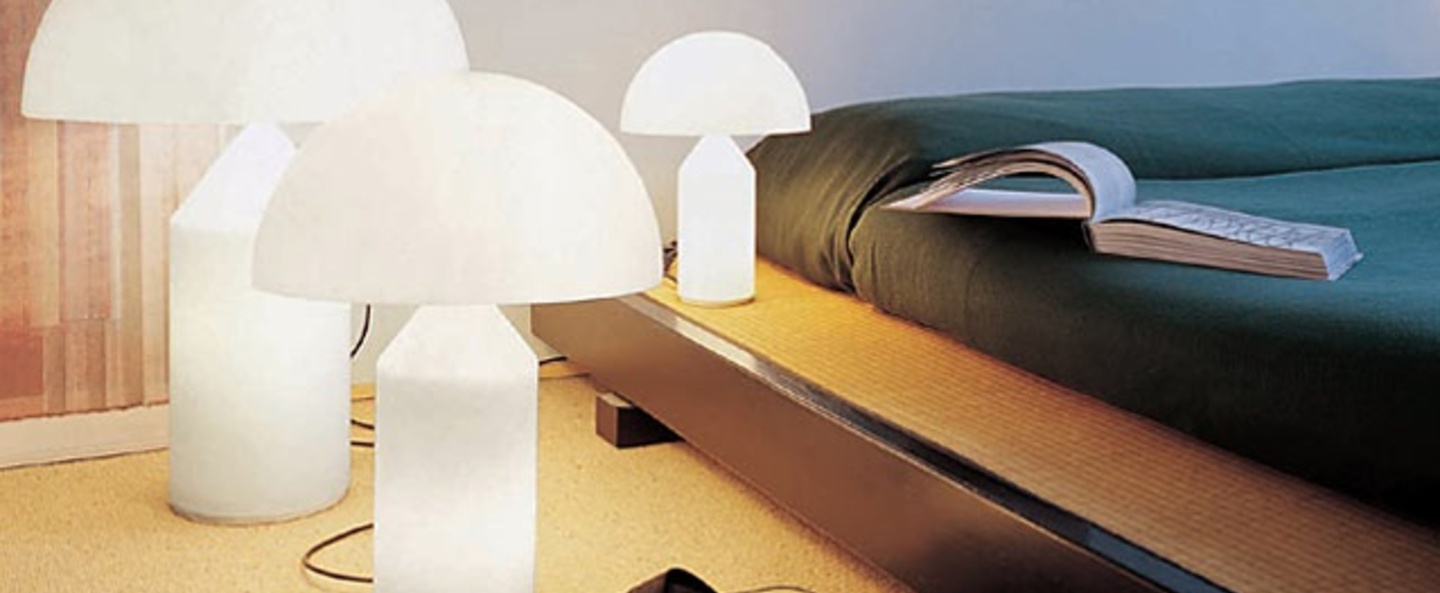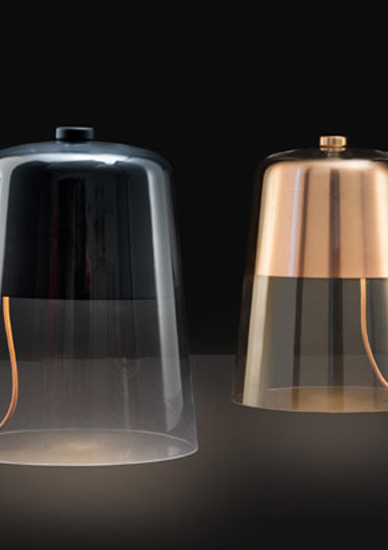
Oluce
- Creation date
- 1945
- Country
- Italy
Founded in 1945 by Giuseppe Ostuni, Oluce is the oldest Italian publishing house still in business today.
For many years, Oluce, Arteluce and Azucena dominated the Italian design scene. Indeed, as houses open to new designers, they engaged first in reconstruction, then in mass production, working with Vittoriano Vigano and BBPR, Gigi Caccia Dominioni and Ignazio Gardella, Marco Zanuso and Joe Colombo, among others.
As early as 1951, Oluce scored a huge success at the IX Triennale, in the section headed by designers Achille, Livio and Pier Giacomo Castiglioni, with the Luminator designed by Franco Buzzi. Subsequently, Oluce enjoyed a period of significant growth and success, thanks in particular to the visionary eye of Gio Ponti. What followed were awards and successes, thanks in particular to Domus magazine. Tito Agnoli contributed to the company's success in 1954, 1955 and 1956. Then it was the turn of the prodigious and dazzling Joe Colombo, with extraordinary creations such as the "Combi-Centre" and the "mini-Cuisine". The "Acrilica" further consolidated Joe Colombo's position as a major designer, giving rise to the "Colombo" model, a translucent Perspex desk lamp forming a C, as well as the "Coupé", "Spider", "Snoopy" and "Lesbo" models.
Another renowned designer also contributes to Oluce's success: Vico Magistretti. His magnificent creations include the Atollo lamp, the famous pencil lamp in the permanent collection of the MOMA in New York. The secret of this legendary lamp undoubtedly lies in the geometry of its forms: the cone on the cylinder, topped by the hemisphere. A luminous sculpture to which nothing can be added and from which nothing can be removed.
Thereafter, the house regularly changed style: with the rigor of Swiss designer Hannes Wettstein (in the 1990s), or Toni Cordero and his use of unconventional forms (in the 2000s), or Harri Koskinen, a young Finn and his Nordic style, or finally Japan's Oki Sato.
Today, in fact, it's no longer about the history of Oluce, but rather about its contribution to contemporary design...

















